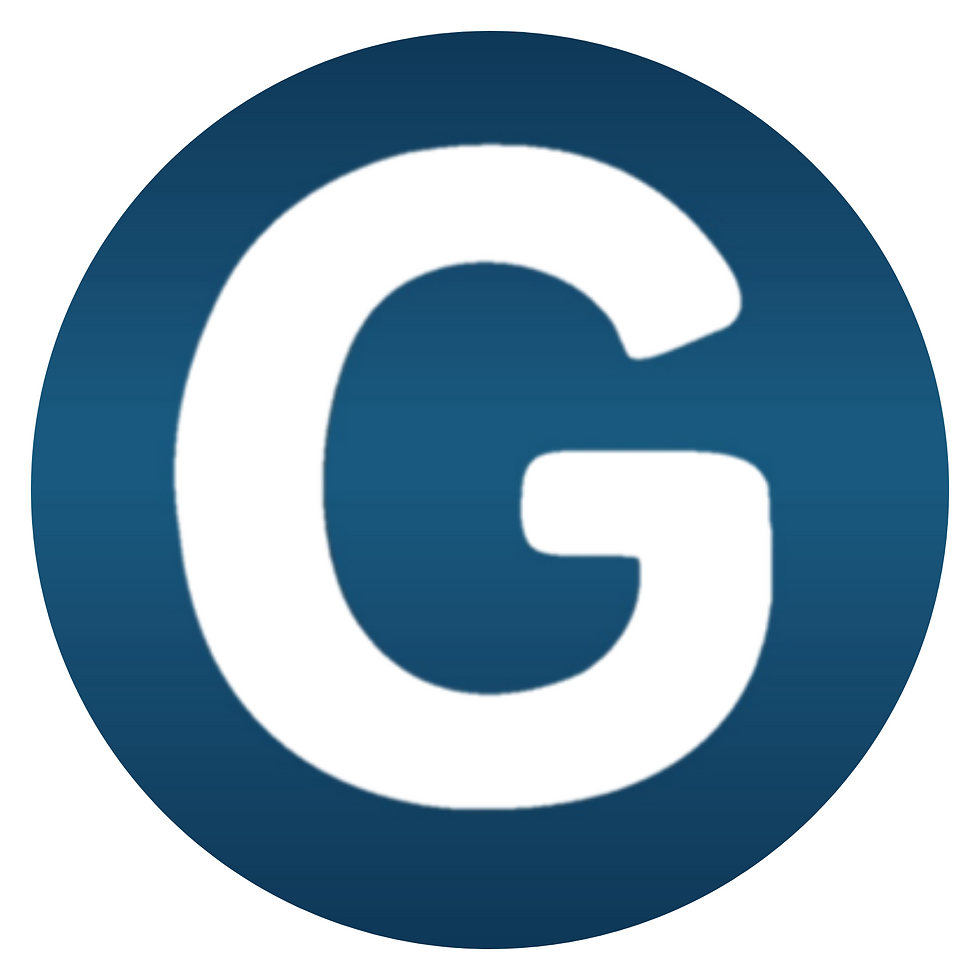The hematology diagnostics market is on a trajectory of significant growth, expected to expand from $5.7 billion in 2023 to an impressive $8.1 billion by 2032. This represents a compound annual growth rate (CAGR) of 3.9%. The driving forces behind this growth are diverse, including the rising incidence of blood-related disorders and remarkable advancements in diagnostic technologies. For healthcare marketers, understanding these changes is crucial in adapting strategies to meet the evolving needs of patients and healthcare providers.

At its core, hematology diagnostics focuses on diagnosing blood disorders such as anemia, leukemia, and hemophilia. As the global population grapples with an increasing number of these conditions, the demand for innovative and efficient diagnostic solutions is rising sharply. Technological advancements—particularly in automated hematology analyzers and point-of-care testing—are streamlining the diagnostic process, enabling healthcare providers to deliver accurate results more quickly than ever before. This growing emphasis on early diagnosis and treatment provides a fertile ground for strategic marketing, allowing professionals to educate both healthcare providers and patients about the latest advancements in diagnostic tools.
Several factors are contributing to this expansion of the market. The increasing prevalence of blood disorders is one significant driver, especially among the aging population, who are more susceptible to such conditions. As a result, there is a pressing need for efficient diagnostic tools to address these health issues. Technological innovations also play a vital role, as advanced hematology analyzers and portable devices enhance diagnostic accuracy and improve turnaround times. Healthcare marketers have the opportunity to spotlight these advancements in their messaging, clearly communicating their benefits to healthcare professionals and patients alike.
The demand for point-of-care testing is another crucial trend influencing the market. Rapid diagnostic solutions are becoming essential across various healthcare settings, making it possible for providers to deliver quicker and more effective care. Marketers can effectively engage with both providers and patients by emphasizing the convenience and effectiveness of these point-of-care solutions. Moreover, the shift toward personalized healthcare is pushing the development of diagnostic tools tailored to individual patient needs. By promoting these innovations as part of a comprehensive healthcare approach, marketers can position their brands as leaders in the field.
While the hematology diagnostics market presents significant growth opportunities, it is not without its challenges. One major hurdle is the high cost of advanced diagnostic equipment, which can limit access to these essential tools, particularly in developing regions. Healthcare marketers must strategize on how to position affordable alternatives or financing options to appeal to a broader audience. Additionally, there is a pressing shortage of skilled professionals capable of operating sophisticated diagnostic machinery. This presents another challenge; however, it also offers an opportunity for marketers to highlight user-friendly products and training resources that can help address this gap.
Regulatory hurdles pose yet another challenge, as compliance with various health standards can delay the introduction of new technologies into the market. Staying updated on these regulations is essential for crafting effective marketing strategies that resonate with healthcare providers. In contrast, emerging markets present a wealth of opportunities, particularly as demand for healthcare solutions continues to rise. Collaborating with government and private healthcare providers can open doors for partnerships, ultimately enhancing the reach of marketed products.
As the competitive landscape of the hematology diagnostics market evolves, companies like Abbott, Sysmex, Roche, and Siemens Healthineers are heavily investing in innovation and strategic partnerships. Marketers should keep a close eye on their strategies, particularly regarding recent product launches and technological advancements, to identify ways to differentiate their offerings in this crowded space. It is essential to remain informed about industry trends such as automation and integration, as well as the increasing demand for multifunctional analyzers. By positioning their brands as thought leaders in these areas, marketers can establish trust and credibility among healthcare providers.
In summary, the hematology diagnostics market is undergoing exciting transformations filled with both opportunities and challenges. For healthcare marketers, staying informed about industry trends and evolving technologies is critical for developing strategies that effectively meet the needs of providers and patients alike. By understanding the market dynamics and addressing the unique needs of the healthcare community, marketers can craft impactful strategies that resonate in this growing field. As the market continues to expand, those who remain adaptable and responsive to these changes will find success in providing the innovative solutions that healthcare providers and patients desperately need.
G-Med excels in HCP marketing by blending digital innovation with data-driven insights, creating an effective platform for reaching healthcare professionals, offering various advertising solutions. By using G-Med to engage HCPs, share data reports, and explore innovative channels, marketers can deliver targeted, impactful messages that foster strong connections. G-Med’s approach ensures that each campaign is tailored, scientifically rigorous, and effective, aligning perfectly with the best practices for successful HCP marketing.
Contact us today to learn more: Contact@g-med.com
.png)